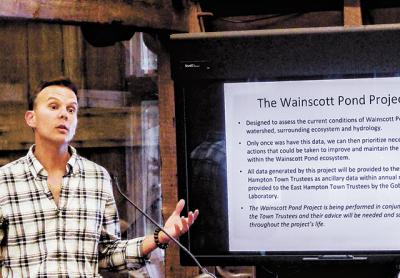Democratic Debate Monday
Democratic Debate Monday
The League of Women Voters of the Hamptons and the East Hampton Group for Good Government have invited the public to a Democratic Party primary debate on Monday at 7 p.m. at the East Hampton Library.
Voters will have an opportunity to hear and ask questions of three contenders who would like to run for election to the East Hampton Town Board in November: Kathee Burke-Gonzalez, an incumbent seeking re-election, Jeffrey Bragman, an attorney and first-time candidate, and Zachary Cohen, who lost a 2011 bid for supervisor by just 15 votes. The East Hampton Democratic Committee endorsed Ms. Burke-Gonzalez and Mr. Bragman, and Mr. Cohen petitioned successfully to force a primary. It will take place on Sept. 12. The deadline to submit applications for absentee ballots is Sept. 5.
The candidates will make opening and closing statements and answer questions submitted by the sponsoring organizations and the audience. Estelle Gellman, co-president of the League of Women Voters, and Arthur Malman, chairman of the Group for Good Government, will moderate the debate and LTV will film it for Channel 20.
The two candidates who receive the most votes in the primary will run on the Democratic Party line against the Republican and other candidates in the general election, on Nov. 7.

